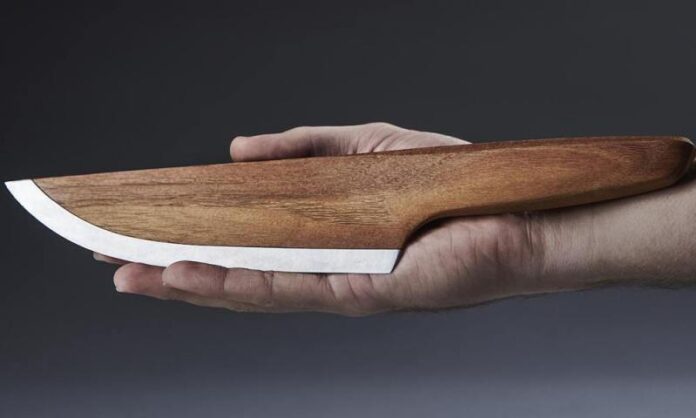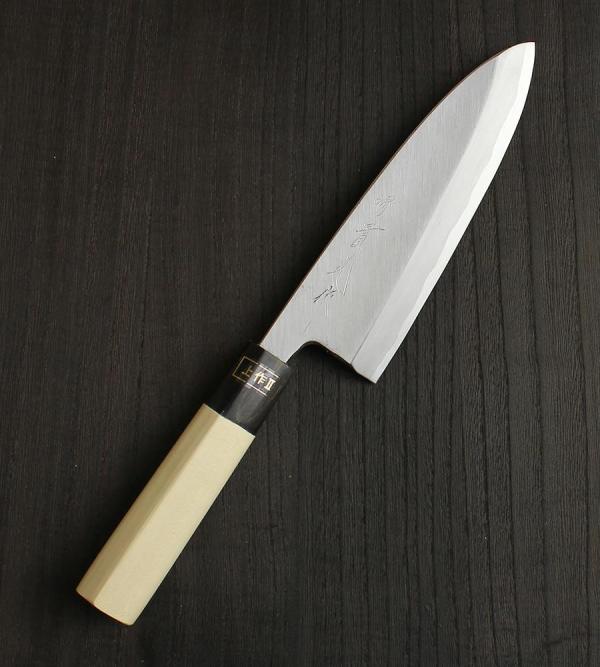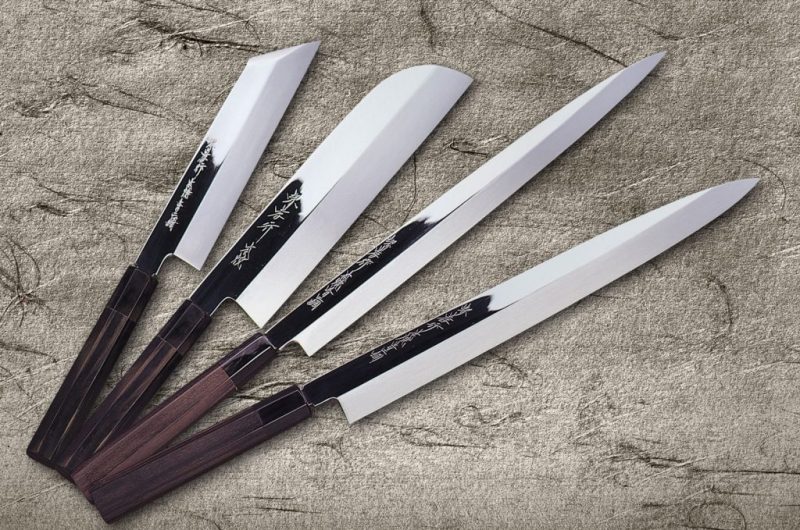There are lots of material can be used to make best cooking knives, such as carbon steel, alloy steel, stainless steel. Which one you choose is up to you. But the most important point you need to remember, the steel material that you choose will impact your knife properties. Different steel material will show different properties. So we must truly understand the properties of steel, then we can pick up the best one. The machinability of steel material will influence the production efficiency, precision of products, cost of products, the quality of products surface and more. So choose the right steel material for the knife is the big one.
Requirements for Properties of Knife Material
The area of cutting of knife must bear huge pressure of cutting and impact when the processing is doing. And there will create high temperature, that means this cutting area is always working at so high temperature and pressure condition. So, it must have high hardness, abrasive resistance, strength, toughness and thermal conductivity.
High hardness and abrasive resistance
Hardness is a basic characteristic of tool materials. The knife must cut the chips from the workpiece. The hardness must be bigger than the hardness of the workpiece material.
Abrasion resistance is the ability of a material to resist wear. In general, the higher the hardness of the tool material, its wear resistance will also get higher. The higher the hardness of the hard spots (carbides, nitrides, etc.) in the structure, the more quantity, the smaller the particles, and the more uniform the distribution, so the wear resistance is higher. The abrasion resistance of knife material not just depends on its hardness. Other factors also create an impact on it in a different way. Such as its chemical composition, strength, the temperature of the friction area and more.
- Enough strength and toughness
The knife is bearing huge pressure and impact during the time of cutting. Enough strength and toughness for knife material is the most important point to prevent the broken and other bad things happen.
- High heat resistance
Heat resistance is the main indicator to measure the cutting performance of tool materials. It refers to the performance of tool materials to maintain hardness, wear resistance, strength and toughness at high temperatures.
- Good thermal conductivity
Beter thermal conductivity of the tool material, the easier the cutting heat is dissipated from the cutting zone, which is helpful to reduce the cutting temperature. The thermal conductivity of tool materials is expressed by thermal conductivity. High thermal conductivity means good thermal conductivity, and the heat generated during cutting is easily dissipated, thereby reducing the temperature of the cutting part and reducing tool wear.
- Has good manufacturability and economy
It requires not only the cutting performance, wear resistance, heat treatment performance, welding performance of the tool material itself, but also abundant resources and low price.
Knife Steel Material
- Carbon Tool Steel
The hardness of carbon tool steel is 60HRC – 64HRC, the hot hardness is 200℃ – 250℃, bending strength is 2.45GPa – 2.75GPa. And the common grade for it is T8A, T10A, T12A.
- Alloy Tool Steel
The common grade is 9SiCr, CiWMn, AISI 4140 steel and more. Its hardness is 60HRC – 65HRC. The bending strength is also 2.45GPa – 2.75GPa. And the hot hardness is 250℃ – 300℃. Its machinability is good, and with small deformation in the heat treatment.
- High Speed Steel
The most popular grade for them is W9Mo3C, W6Mo5CrV2, M2. Its hardness is 63HRC – 69HRC. The bending strength is 3.43GPa – 4.41GPa. And the hot hardness is 550℃ – 600℃.
The best material for a knife does not exist. We need to understand what we really need then choose the best one. Every type of material has own identity, just pick up the best for your application.




















